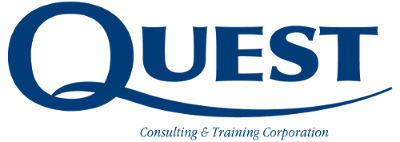Impact on the Organization
A leader’s success is defined by the performance of others, so the most important part of the leader’s job is guiding the performance of those he or she leads. By utilizing a “performance management system,” the leader can successfully clarify and set expectations, track and measure performance, and help team members reach their goals.
Learning Objectives
THE PROCESS
- Identify the phases of effective Performance Management
- Base assessments on facts and performance
- Use feedback to motivate employees
- Gain employee participation in assessment
- Gain employee commitment to the changes needed to improve or maintain performance
Partner to align expectations
- Set up each individual to succeed
- Identify individual employees’ strengths and weaknesses
- Develop a plan for each individual, and work that plan
- Maintain alignment of goals at all levels
- Gain employee commitment to the changes needed to improve performance
Partner to help employees succeed
- Identify what motivates each individual
- Create an environment for success
- Base evaluations on facts and performance
- Evaluate and document performance
- Perform periodic progress reviews
Partner for a successful appraisal
- Ask for and expect excellent performance
- Model what you want
- Manage consequences
- Recognize and reward good performance
- Refuse to accept poor performance
Program Description
This two-day Performance Management Workshop is a highly interactive experience designed to help managers understand the logistics associated with “performance management systems,” and then put them into action in the workplace. Each segment builds on the preceding one, and uses simulations and exercises geared to your company’s unique environment, while consistently emphasizing the communication and goal alignment necessary for success.
The Workshop opens by introducing the concept and components of a Performance Management System. Coverage includes developing performance expectations (standards), tracking performance and giving feedback, and reviewing performance. Participants practice performance reviews, interacting with and following employee case scenarios throughout all four parts. Along the way, they move throughout the entire performance review cycle, from ongoing informal reviews through formal yearly performance evaluations.
Time Investment
Typically 16 hours.
Customization
This program can be customized to reflect your organization’s procedures, policies, cases, examples, and terminology. Please inquire about these optional consulting services.
